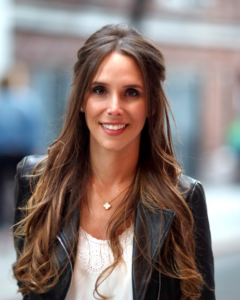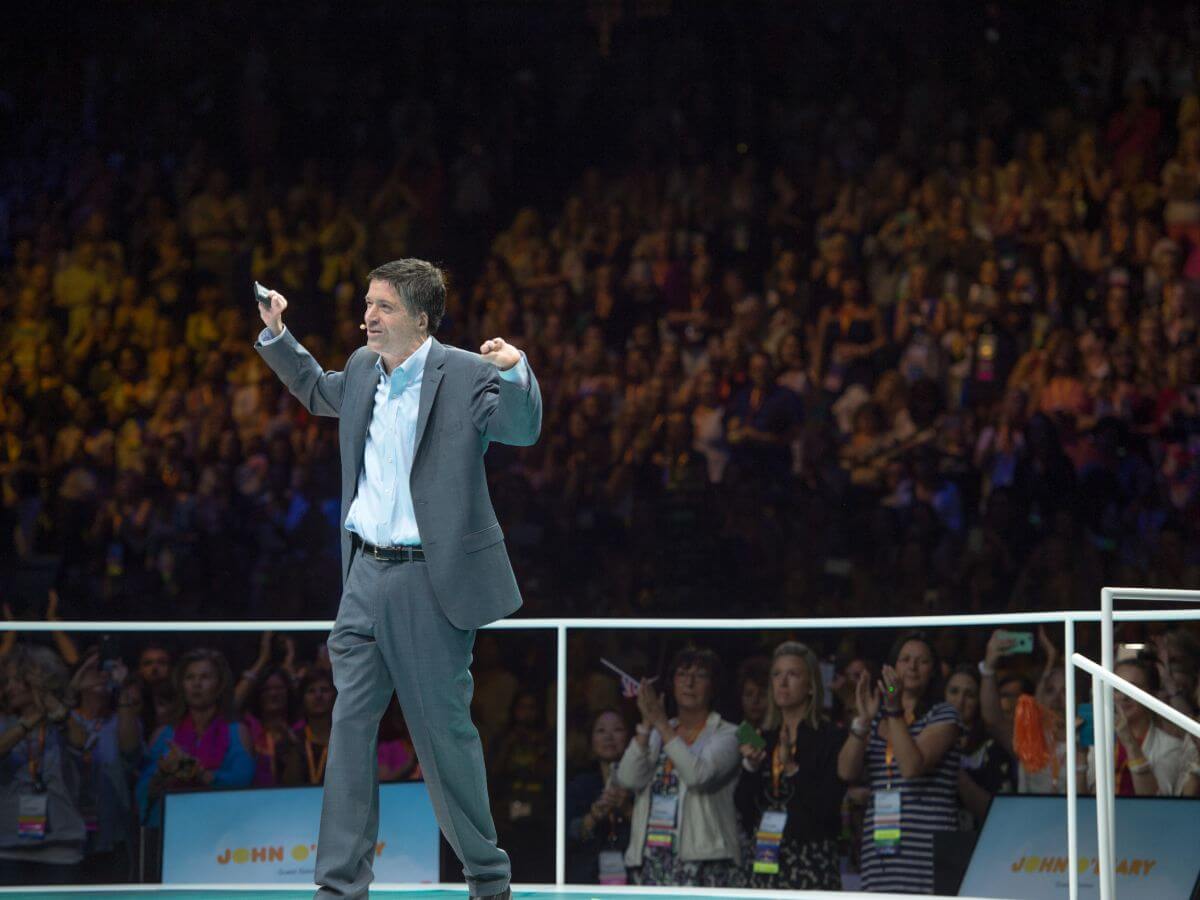
Being of Service: By Far the Most Effective Way of Selling
May 21st, 2020 Posted by tp33 Podcasts 0 thoughts on “Being of Service: By Far the Most Effective Way of Selling”Podcast: Play in new window | Download (Duration: 48:49 — 78.2MB) | Embed
Subscribe: Android | Google Podcasts | RSS | More
If there is one skill to master in life, it is selling.
Why?
Because no matter what you do, whether you are a product designer, an executive, an entrepreneur, or a preacher, if you develop the ability to sell your idea, your vision, your strategy, or your product/service, the sky is the limit.
And more than merely selling, ultimately, mastery of selling comes when you develop the ability to be of service while selling.
What does it mean to be of service while selling? It means that you authentically listen for people’s concerns (whether in the foreground or background) and align on resolving it (if possible) within the context of your work/offering.
That’s what John O’Leary — #1 National best selling author, inspirational speaker, and top podcast host — does and as he puts it, his job is to serve. John’s life journey has been everything but easy though. At the age of 9 years old, 100 percent of his body was burned in a terrible fire. John was given a 1 percent chance to live but after a 5-month hospital stay, dozens of surgeries, and the amputation of all of his fingers, he pulled through.
Today, John is the best-selling author of On Fire: The 7 choices to ignite a radically inspired life that sold upwards of 120,000 copies and was translated into more than 12 languages, as well as most recently In Awe: Rediscover your childlike wonder to unleash inspiration, meaning and joy. Live Inspired, John’s podcast ranks top #10 in iTunes and has over several million downloads. Having spoken at more than 1,600 events, and for more than a half a million people, in 48 states and in 11 Countries, John has found his true calling: Inspire and uplift people.
Tune in to the full episode to learn about:
- John’s life journey
- The invaluable lessons his mother taught him
- How John’s business was impacted by COVID-19 (hint: it’s brutal) and what he did to address it
- What John does when he needs inspiration
- In AWE (the book) and how to reconnect with our childlike wonder
- What you can do to improve the quality of your life (practices you can use)
Connect with John O’Leary:
John O’Leary’s Story:
Full Transcripts:
John O’Leary: I don’t care if you’ve been burned, or through a divorce or a bankruptcy, or a lousy upbringing, or whatever the thing is. Everybody’s got a story. Until you can fully embrace it, you remain a victim to it. You are tethered and tied to what happened to you in the past.
Tanya: That’s John O’Leary, #1 national best-selling author, inspirational speaker, and top podcast host that above all is a no-kidding survivor. At the age of 9 years old, 100% of his body was burned in a terrible fire. John was given a one percent chance to live, but after a five-month hospital stay, dozens of surgeries, and the amputation of all of his fingers, he pulled through. Today John is the best-selling author of On Fire: The 7 Choices to Ignite a Radically Inspired Life, which sold upwards of 120,000 copies and was translated into more than 12 languages, as well as his most recent book, In Awe: Rediscover Your Childlike Wonder to Unleash Inspiration, Meaning, and Joy. Live Inspired, John’s podcast, ranks top ten in iTunes and has several million downloads. Having spoken at more than 1600 events and for more than a half a million people in 48 states and 11 countries, John has found his true calling: inspire and uplift people.
John, I would love to hear – can you talk about your story? Before we started recording here, I confessed that I am in just in awe, no pun intended, with you and what you stand for. Can you just talk about that, your journey?
John O’Leary: I will, but let me begin by saying, first, thank you for that sweet introduction and then, secondly, for the way you even began that question. When I write books, normally they come back to me, the very first version. They will do the cover art with a picture of me on the front of it. I’ll have my arms crossed, and I’ll be giving the reader a look like look at me. I am really that good. You need to listen.
Then I’ll write back to our friends. I’ll be like did you guys read the book before you designed the cover? My work is not about me. My books are not about me. My speeches are not about me. My podcast is not about me, and ultimately, my life is not about me. It’s an odd truth to realize then, well, the majority of the work you do, though, leverages the story, the turning points in your life.
At age 9, I was burned on 100% of my body. I was given no chance of surviving and, Tanya, eventually would spend five months in the hospital and years of surgery and therapy. That’s just the starting point of this journey to recognize that difficulty is part of all of our stories but so is opportunity, so is togetherness, so is accountability and taking the next step forward. That’s the very first step of my journey after being burned.
John O’Leary: You talk about accountability. What does that mean to you? That’s a powerful word.
John O’Leary: It means the ability to decide what happens next. You can’t always choose the path that you walk in life. You can always choose the manner in which you move into it, the way you step forward, the dreams you cast, the way you build up the teams around you and, ultimately, the impact that you have on those that you serve, including the picture of the guy and the lady staring back at you in the mirror. I learned the power of accountability, probably more than from anybody else, from my mother. We all have teachers in our life, whether they’re rabbis, or pastors, or coaches, and for me, the greatest teacher was my mom.
Maybe the best story of her forcing me to be accountable was when I came home from the hospital. I had spent five months in the hospital. Now I’m home. I’m 9 years old. I’m in a wheelchair. I’m wrapped still in bandages. I don’t have fingers because they were amputated a few months earlier, and I’m struggling.
She makes my favorite meal that night, so there’s this incredible meal in front of me. My siblings are around this table. My father’s on one side. My mother’s on the other. My sister, Amy, sees that I can’t hold a fork, sees that I can’t feed myself, so she grabs a fork. She scoops up potatoes, moves the fork with the goods toward my mouth. Then my mom, this great leader, says, “Amy, drop the fork. If John is hungry, he’s going to feed himself.”
I don’t have fingers. I can’t get out of the wheelchair yet. I’m struggling in life. My dreams have been stolen from me, and all I want is a bit of cheesy goodness. That’s my mindset back then. The short of it is this, my sister listened to my mom, and I flipped the plate after about 30 minutes of trying. They made me another plate. It happened again, and by the very end of the evening, a couple hours in, I have tears coming down my cheeks. I have anger looking toward my mother, and I have a forked wedged between my two hands with potatoes on the end of it moving toward my mouth, chewing.
What my mom taught me that date – and it wasn’t a lesson I understood then. That night I thought she was just trying to make my evening horrible. What she taught me is that we can do things we don’t think yet we can. We can do things that we think are absolutely utterly impossible. You have to believe that it is indeed possible, that you are the owner of this thing, and you can take the next step forward.
Tanya: My God! God bless your mother. I’m a mother of three. I know you’re a father of four. If I have the grace in life to distill that lesson to my children, I could die a happy woman. Oh, what a gift, your mother.
John O’Leary: That’s one of dozens of stories similar. We could go through – we could spend the entire time just bragging on mom, and you would run out of tape before the podcast was finished. That’s the way she patrolled the house, and through one lens, it’s pretty rough. It’s pretty heavy handed to make a little boy with no fingers feed himself. Couldn’t you feed him the first night, mom, or maybe the first month? At some point, doesn’t it begin to say when do I stop? When do I tell this boy he does not have to be a victim anymore? When do I have that conversation? If it’s going to happen in the future, then why not now?
It is such a powerful story of leadership in action. That’s why when you asked me the original question I said my picture’s not on the books, and it’s not on my webcast and everything. I’m an observer in this story. I’ve received grace, and I’ve received love, and I’ve seen leadership. I’m mostly just watching it take place. I’m usually the poor victim on the other side of it, but I’m receiving these incredible examples.
Tanya: What was the journey like from that night where your mother really empowered you but, at the time, looked like was making your life miserable? What was the journey like from that moment where you said, oh, wow, my circumstances are not going to get in the way of me living to you actually embodying that philosophy full in?
John O’Leary: That’s a journey to get there. It begins with eventually three days later my mother had a piano teacher come out, so just to take it even farther downhill, a little dude in a wheelchair on a morphine drip with no fingers who hated piano even before he lost his fingers due to the fire is now taking piano class and then again and again and again. Eventually, he steps out of that wheelchair and returns to school and rejoins the soccer team and is accepted by friends and goes on to graduate high school and college and start his own business and become successful in doing real estate development here in St. Louis. The reason I go through that story so quickly is because even though all that was happening I wasn’t fully able yet to embrace my story and the blessing within it. For all of us, I don’t care if you’ve been burned, or through a divorce or a bankruptcy, or lousy upbringing, or whatever the thing is, everybody’s got a story. Until you can fully embrace it, you remain a victim to it. You are tethered and tied to what happened to you in the past.
Tanya, I was. I was faking it to make it. I had a mask of success on my face, but it wasn’t fully authentic. It wasn’t fully me. My dream as a child, as a young man, and even as a business owner was not to excel and be extraordinary. It was to be ordinary. When you look different than everybody else, your dream is not to set yourself apart. It’s to disappear, and so I dreamt of disappearing and being gray matter for the majority of my life.
Then at age 28, that’s pretty deep into the story. At age 28, a Girl Scout, a third grade Girl Scout in St. Louis County asked me if I would share what I went through as a little boy with her troop, and I never told anybody, not people I ran the business with, my coworkers, really, not even spouse at that time. I hadn’t really told anybody the full story, and here’s a little girl asking me to go tell a story to the troop, three girls. There was no payment. They paid me not even with a box of Samoas. I get nothing out of this thing but the opportunity to have a little self-help session where I look in the mirror, figure out my story, give a 12-minute motivational message, leave thinking I failed terribly. Get a call a couple days later from one of the dads saying, “Man, that blew me away. Would you share in front of my group?” I did.
Tanya: Oh, wow!
John O’Leary: Then in one of his groups, another guy said, “Hey, will you speak to my organization?” Then one of the ladies there said, “Would you speak to this association?” Over the 15 years that followed, I had the pleasure of sharing 2,000 times in front of 2,000 different organizations and associations to a couple million people at live events around the world a story about life. Not John being burned. That’s a horrible story. We’re talking about a story about redemptive life and the possibility that remains alive and well with [11:28]. Hopefully, you hear it in my voice. It turns me on still to think what I get to do, and I would not have been able to do this had we not been through that fire at age 9.
Tanya: It sounds serendipitously you rolled into this thing. You’re like, wow, you know what? Actually, my story, my life is inspiring, and it’s touching people. At what point did you realize, mm, I can actually make this a career, build a business around it? I could write about this. What was the catalyst, that moment?
John O’Leary: Probably two years in, I’m running my own real estate development business, so that’s my business. For fun, I’m a part-time chaplain at a hospital, if you can imagine, and I’m an active Big Brother. I’m trying to get my fix and making a difference in all these places, but I’m also spending a lot of time speaking. Tanya, this is a true story. One time, they not only gave me a free cold chicken lunch for my speech, which they seemed to do quite a bit back in those days, but they also gave me a $20 gas card, I think to Shell. I think Shell was still in business.
I remember leaving with a full belly. My mind was just full. My heart was full because I got to encourage and love people during that session, and I got $20. It was really the first time I realized, wow, I wonder if my time’s worth $20 for an hour. Maybe it is. I don’t know. I did a little bit research to see what speakers get paid, and I was shocked. I knew I would never get that, of course.
What if I could make a little bit more? What if they could be spending money to give back into the community? Then that happened, and then it kept growing, and it kept expanding. We were fielding so many calls that it became clear to me I have to make a decision here. I started to actually look to hire an employee to help me manage this, and her name is Deanna. She’s an amazing woman, but she required more income than I had made in the previous 12 months. I knew that was going to work, obviously.
Two days later I get a handwritten note in the mail. It’s from her, and she says, “John, I believe you.” Then below that was a quote card from Abraham Lincoln. The quote was “Let us determine that the thing can and should be done, and together we shall find the way.” These are words we need to hear in America and around the world today. I’m going to say it one more time. “Let us determine that the thing can and should be done, and together we shall find the way.” I read this 30 times. I show it to my wife and say, “I think she’s right. We got to figure out how to make this happen.”
We took a little reverse mortgage out to borrow collateral against the home that we’ve been investing into, hire Deanna. She’s my first employee. That first year, we more than compensated her for her efforts. That second year, we tripled revenue, and we’ve gone up in revenue every single year since. The way we’ve done it is by serving the one in front of us, which not only allows us to show up authentically for whoever we’re in front of. Whether it’s 3 Girl Scouts, or 12 executives who run Fortune 100 business, or a stadium of 30,000, whoever’s there, we’re going to show up fully for the one in front of us.
The second piece is every single night my team and I ask the question what more can I do? What more can I do to get a little bit better every single day? As a speaker first, as a husband, as dad, as a guy who’s on a spiritual journey, what more can I do to get a little bit better every day? That continual growth is profound, but it also leads you to realize things that you had not thought possible. I struggled in academia, to be honest. I know you had some great minds on. I believe today you’ve got a great heart on, but I struggled in academia. I have ADHD. I barely got through school, if I’m being honest with you.
Yet, I believe that maybe we can turn this into a story and more than just having a pamphlet in the back of the room where you sell books. What if it was a best-selling book that went around the world? What if it really taught people around the world how to live their lives better, that they were gifts, and their best days are in front of them still? I wrote a book called On Fire. It went to #1. It was a national bestseller. It’s been translated into 15 languages.
One of the times I was signing books in a Barnes & Noble down in Tennessee, you’re only looking at the guy in front of you. Then this lady left, and the guy right behind her was a gentleman named Mr. [Kirchoff]. He was my English teacher in high school.
Tanya: Oh, wow!
John O’Leary: We cried together because he didn’t see that in me. He saw a little boy without fingers, and he saw a little boy with scars. He saw a little boy lacking confidence. Even with that, he poured himself into this boy back in English, in high school, and now he’s in a book sales line in Nashville, Tennessee to have the best-selling author of it sign a book for him. What a moment.
Then we said, well, what if we had a podcast like Tanya’s? What if we could touch lives when I’m sleeping? What if people could tune in, and I could interview people that I respect, people that I look up to, people I wish I was more like? We launched a podcast, and it’s been top ten on iTunes, and it’s been downloaded several million times. We just keep asking the question what more can I do to influence, impact positively the one in front of us? In doing so, it leads to great impact, but then quietly, business leaders in the room, it leads to revenue. It leads [16:41]. It leads to being recognized in the global marketplace of look-alikes.
We don’t try to set ourselves apart. We just do so by loving the one who is right in front of us at that time. People know the difference between that and being sold.
Tanya: Oh, absolutely. This is what I was saying. People fall in love with you for the message for who you are. You’re right. There’s a lot of people, a lot of look-alikes that are doing it. However, my experience of you is you are the real – and I think that what it comes down to and you spoke about it is being of service. You’re not there selling something. What does it mean – I really want to get into this because this is so powerful and this being of service is what actually leads to revenue. What does that mean to you? How do you actually serve people? How do you show up for people?
John O’Leary: I’ll answer in two ways, one as a child receiving and one as a man giving. We could spend 17 of your podcasts bragging on people who showed up in the life of a little boy that had no chance. From Ronald Reagan and Nancy, to Pope John Paul II, to people planting trees in Israel, it was a global movement of well-known people showing up for a little boy that was not on caringbridge.com or anywhere else. It was just grassroots effort got the word out, which is amazing, so there’s cool stories around that. My favorite, actually, is not someone you would’ve known or someone who was paid handsomely. The man who made the greatest difference for my life physically during that recovery was our custodial member, a game named [Lovell]. Lovell was my janitor, and he got probably about minimum wage back in the 80s for carrying that mop into my room.
What he would do that just set him apart every day is he would turn on this little Walkman. He would put it on my pillow, and he would let me listen to whatever music I wanted. For the nine minutes he was in the room, my experience turned from being one filled with pain and limitations to one of just being in the moment, and when you are in the moment, pain dissipates. When you are fully there, now, all the anxiety of tomorrow or what went wrong yesterday is gone. I would just listen to music, and I would watch this guy clean. He took his job so seriously.
As we know through the spread of COVID-19, man, viruses kill. Bacteria kills. The number one killer of burn victims by far is virus. It’s bacteria. The most important person to combat that is not the President of the United States. It’s actually “the least among us” who are in fact always, always the most important among us. It’s beautiful right now to see the signs on my way to work every day that say, hey, thank you, healthcare providers, yeah, me too, but I was thinking that back in 1987. They had been heroes for our family for the last 33 years, and I’m glad they’re being recognized as such. That’s one story of recognizing what heroism looks like.
How does John O’Leary serve the one in front of him? I think, for me, what I’m most proud of in my business is not the size, audiences, or top line revenue, or how many books we have on some New York Times list. The thing I’m by far the most proud of is that we booked five different presentations, and I’m one of the speakers now, man. We travel the world doing this message, and so we’re compensated for the time on the road handsomely. Five different times, though, we’ve had people book us because of one of two sources. They were in the back of a town car after John O’Leary got out of it. When they got into it after I left, the guy in the front said, “Man, you’ve got to hear this story,” and they tell them the story.
The reason they know the story is not because I told them. I never talk about myself in the back of those cars. All I do is I love the guy, love the lady, and I find out where they’re from. I find out why’d you come to the US? Tell me more about that. The entire 40-minute ride, I just learn everything I can about the guy driving me. It’s, for me, an incredibly inspirational way to spend a drive. I’m not looking at my phone doing email. I can do that when I’m stuck in a hotel room. I’m meeting the one who’s right in front of me.
Then afterwards, I give them a little check, or I give them a tip. I said, “Man, listen, if you give me a card, I want to send you my book. I just want to thank you for driving me. It was so good.” I send that to them, and then after they’re done reading it, that’s when they pass this message forward. It’s not a branding tool. I’m not doing this to book events or sell books. I’m doing it to love the one in front of me, so we’ve had guys driving town cars who have booked O’Leary to speak at events. I think that’s really cool.
My second favorite group to book O’Leary are the guys who wear black pants and black shirts in the back of the room. When I walk in, I think a lot of folks who do what I do are there to impress the C-suite. Now, I may get in trouble, and I may never book another gig. The C-suite doesn’t usually impress me. I’m there to love whoever that is, the staff, the ones bringing out the coffee, and man, I love the guys at the AV table. I just love these – they’re usually men, some ladies mixed in. I love their hearts.
I do a sound check usually at 6 in the morning for an event that might be at 4 that afternoon. Those guys are there. When I’m back from my event at 4 in the afternoon, those guys are there, and when I’m done signing books and hugging everybody in line, those guys are there. They’re the hardest working guys. They’re usually overlooked, and so every time I go up I shake their hands. I hug them. I thank them. I give them my card.
I give them my cellphone, and I say, “Guys, if you ever need anything, I’m in.” Then I say, “One more thing, most of the time, when you guys do your job, you’re just doing your job. You’re making sure the slides are working and the sounds are coming through. Today, take an hour off. I’ll take care of the slides. Trust me, I’ll do that part. You guys just enjoy this message because it’s not only for this room. It’s for you.”
We book several events from AV guys bragging on a guy that they had seen years earlier, and again, I don’t do it to book work. We do it to love the one in front of us. For those of you who want to serve and you want to grow a top line revenue and bottom line profitability, you need a strategy. You need tactics. You need branding, but the most important thing I think you need is love.
Tanya: Really showing up for people and getting their being, not the wrapping, the being, the essence of who they are and connecting with that. It sounds like that’s what you do, and that’s what touches people.
John O’Leary: That’s exactly right.
Tanya: Amazing! I follow you on Instagram. The other day, I think earlier this week or maybe my feed was just showing me that you posted something that was so raw and so powerful about how COVID-19 was affecting you and your family and your business. Can you talk about that?
John O’Leary: I mean, profoundly, absolutely, like everyone else who’s tuning into your voice. I’ve lost 94% of my speaking revenue for the year as of March 3, which has dire consequences on the overall top line revenue of our organization and, of course, the bottom line profitability. I have not been able to hop on a flight. Tanya, like you, I have not been able to go anywhere, but I am able to pivot into this new storm. We are being way more proactive in webcasting and coaching, growing our podcast following, doing the things that we can through a digital lens, so that’s been healthy.
Two other things, though, are happening right now during this season. One is a guy that used to spend a lot of time on the road is home now as you and I are chatting 65 consecutive days, which provides the opportunity to serve the ones in front of me there. They’re why I work, but frequently, I lose sight of that when I’m doing the work. It’s been great to reconnect with my wife, great to reconnect with these kids, great to love them during the storm, great to have tea parties, and make them breakfast and lunch and dinner every single day. Homeschool, it’s not easy, but man, I’m grateful for it. That’s been really cool.
The other piece of this is I want them to see – during a time where dad is struggling financially and struggling professionally, to see a guy who remains purposeful, remains joyful, remains grateful, and remains generous. As you know, we had a book come out just this week, and it’s called In Awe. Gosh, we’re going to sell the majority of our copies in the presales and during that first week, but we’re giving away 100% of the profits, all of it, to Big Brothers Big Sisters. I want my kids to see a dad who not only gives when he’s on top of the world but gives when he feels like he’s buried by it.
Tanya: One of my mentors, Lynne Twist, she runs a nonprofit and has worked with Mother Teresa and Mr. Fuller and just some off the charts people. She says that you can always see what people are really committed to when you follow the money. I love that you give when things are great and that you’re now allocating funds, profits from your book sales to an amazing cause when things are not so great. That’s off the charts, John.
John O’Leary: Your friend is right on. My grandfather, I had to clear out his desk, unfortunately, when he passed away years ago, and one of the things I found was his checkbook. There weren’t many commas in his checkbook. What there was was a ledger of a man who until the end of his life kept writing checks. I was going to use some names, but I won’t even throw any organizations under the bus. In fact, none of the checks were for things he got. They were all checks to not-for-profits that he was pouring into even until the end. Your friend’s absolutely right. You can indeed detect a person’s true character by following the money and looking at their schedule.
Tanya: Yeah, and so for somebody that spends their life and their whole purpose in life is really to engage people and connect with their being and inspire them, what do you do when you’re uninspired? This whole COVID-19 thing happened, and then at some point you realized, Jesus Christ, 94% of my revenue has just evaporated. What does your process look like to really getting your hands around that and working yourself through that process?
John O’Leary: The very first thing in any process as you are grieving any loss is to be okay with the anger. If you are coming through this thing Pollyannaish just dancing in the rain saying COVID-19 be damned; I’m fine, I wonder about your mental sanity, and I’d like to know the medicine that you’re currently taking for COVID-19. When a recession occurs when no one expected it, when people are losing their lives, when healthcare workers are dealing now with PTSD, when families are being jarred apart, when you’re unable to hug the one that you love most in your life – for me, I can’t hug my mom and my dad. My dad’s got Parkinson’s disease. It’s such a tragic time. We lost my grandmother last Friday. To bury her and not to be able to hug one another funeral side, to not have a party of larger than eight people, it is a hard time, so I’m okay with the anger. What I’m not okay with is living there.
This is fairly vulnerable, I hope. I have a wonderful office that I own and that I – all the colleagues work with me typically worked here. About nine days into this as no one is no longer working here, all the offices are dark. I looked around, and I realized my heart was dark too and that all the plants – I love plants, that I had not watered them in eight days. I realized, man, I’m not going to allow this season to kill my freaking plants, okay? That’s like a metaphor for our lives. I watered the plants that day, brushed my hair back in the bathroom mirror, and said let’s do this thing. Let’s do this thing.
I’ve challenged my team to say, gosh, listen. This revenue that we lost is not coming back this month, next month, or maybe this year. I want you to imagine that you are going reinvent ourselves, that we’re going to double revenue, and that we’re going to do it by the end of 2021. What does our business look like? Let’s go! Let’s go! They had to huddle up. They had to dream. We did this all digitally, but they began to dream of what the business – not what it was. Not what we lost, all this other garbage. It’s so easy to spend time in the weeds looking backward.
I think what children teach us is the ability to embrace where we are, and then glance forward at what is still possible. I begged them to do that. We are doing that. We are already growing, and we’re touching far more lives than we would have in the old model. That’s one thing we’re doing. We’re pivoting forward. I think that’s a very healthy thing.
Then as a family, I want them to recognize what they’ve lost, and so we grieve this. My son loved his class. He’s not going to graduate with them. It’s a sad time, but there’s also things he’s picked up. Every day around the dinner table we talk about the day. We also talk about, hey, guys, what are you grateful for because of this experience? It sounds kind of soft, but I want them to remember this season what they’re grateful for so that we can apply it when the season fades. Life will indeed turn to normal at some point, but I don’t want to return to normal with it. I want to return so much better, so much fresher, so much clearer on what matters and able to pursue it with everything I have. I also want my kids to do likewise.
Tanya: Absolutely, oh, well, you know what? The people on your team are lucky to have you as a leader, I got to say. Thank God to your brain patterns. You know that you can survive almost death or near death, literally, almost dying. You have these cemented brain patterns in your head that nothing is going to kill you, and the fact that you were able to pivot so quickly and really make sure that you do what you are meant to do just in a different format and maybe even a bigger scale is pretty off the charts.
John O’Leary: And home for dinner. I just think that’s…
Tanya: Home for dinner, yeah, father of four. I’m a consultant, so I spend a lot of time on the road. It’s a double-edged sword. It’s nice to be on the road. It’s tough to be on the road. My kids also have enjoyed that I’m – I’m sure yours have too, which is amazing. In Awe, can you talk about that? First of all, love the title. Your new book, In Awe: Rediscover Your Childlike Wonder to Unleash Inspiration, Meaning, and Joy, boy, do we need that now.
John O’Leary: Not only now but always. It’s important we all recognize as I unpack a little bit of the story that I wrote this book when the economy was at a historic high. Stock markets by far were the best they’ve ever been, unemployment at historic lows. This is the key piece. Yet, 94% of news stories according to our friends in Harvard Business Review were negative. Even though the world was on fire with optimism, moving forth, 94+% of news stories were negative in 2018. In addition to that, according to Cigna that did a national study of individuals and how we’re connecting with those around us, they found that 56% of us felt as if we were isolated. This is not after COVID-19 reared its ugly head, uh-uh. This is when we had the freedom to move and to connect and hug and shake hands and smile and do whatever we want, and unemployment was low. Even then, 54% of us felt as if we’re by ourselves.
Then one more stat to throw out there, Millennials, who I love, by the way, I think they’re going to – they are going to be our next greatest generation. More than 60% of them feel as if they have no one that they can truly rely on, that they can trust, that they can lay truth on that will be received without judgement, and so they don’t feel like they have a true companion to do life with. With all of this being the headwind, that’s why I wrote the book In Awe. I would watch, Tanya, in my journey, as we adults would go through life beat down by life, we would look at markets even though they were high, and we say it could be better. We could look at airplanes even though we’re going from New York to L.A. in four hours and say, well, the headwinds are going to make us eight minutes late, and we’d be upset about that. We are easily bothered. We are easily burdened, and we endure the mundane of each day as adults frequently.
Then you would walk in and see kids. As a speaker, I like doing the big conferences, but I always when I’m on the road speak to kids for fun. I would watch these kids skip into the classroom. Literally, they would dance into the classroom. They would do something really peculiar for a human being. They would smile, frequently. The whole time I’m talking, they’re smiling, and their eyes are packed with joy. When I ask them questions, every hand goes up, and they love to ask questions back. I would see this unbridled optimism and this ferocious joy in their little hearts.
I ask myself what is it that they have that we have lost? Why was that, and how do we return to it? If we did return to it, what might happen? That’s the idea of the book In Awe.
Tanya: How do you return to your childhood inspiration and joy, and at what point do we lose it? What have your found?
John O’Leary: Tragically, it happens early, and there’s a whole lot of reasons for why. About the age of 5, it begins to fade. I’m not saying people – we’re all doomed. I love life. I love leadership. I love business. We’re doing great, but I think we could do far better if we renewed that sense of awe. What does awe really recognize? It’s the sense of astonishment at everything, everything. You’re not bored by anything. I think you have three kids, right, Tanya?
Tanya: Mm-hmm, I do.
John O’Leary: When they are little, when you take them outside on a walk around the block, that should take four minutes if they do what they are supposed to do, left foot in front of right. That walk takes four hours because every leaf blows them away, every earthworm. Oh, my Lord! Then if you look just to the right, “Dad, I think it’s a rainbow, and over there, that cloud, I think it looks like a unicorn, Dad.” Everything is wow! It’s called first time living, and it’s not only reserved for children.
For those of us who’ve ever been married or in a partnership, when you said the words I do, you meant it. Then after the honeymoon and after a week or two, or a month or two, or a year or two, it begins to fade from I do to I have to. When you get that first job and you are on fire for it, you’re going to kill it. We’re going to turn the world around with my job. You’re on the ground floor of this 112 story business. Then after the second day, the third, when you see how political things are, when you see how weak your manager is, it begins to fade. When you graduate, you believe that the best days are in front of you, but then your realize maybe not.
I believe that what children have exposes us to not only what we had, what we lost but how we can return to it. We can indeed reclaim this. Part of it is gratitude. No longer take for granted what is in front of us, whether that’s a human being, where you live. How about the sunrise? Man, if that doesn’t blow you away, it’s only because you’re not looking east. You’re on your smartphone looking down. Look east and watch the sun. Watch the light cut through the darkness, and realize you’re here to watch it.
Read about eyes. Read about the cones and rods and how they operate and how unbelievably complicated your eyeball is. Learn the stats around the likelihood of you being alive. It’s less than 1 in 400 trillion. You should not be here, and yet, you’re here. You’re bored on your smartphone? Please! I think there’s an opportunity for us to step into first grade again. Skip into the classroom wide eyed and wildly optimistic believing that our best days are in fact in front of us starting now.
Tanya: Because you say so. It’s amazing how tranquilized we become. As you’re talking, one of the things that – one of my colleagues actually in a meeting last week said that our founding partner and him were at a conference together. He just rolled into the conference, sat in the empty chair next to our founding partner, and just started to scroll on the phone or do whatever he’s going to do. The founding partner looked at him, and he said, “Hi, do I know you?” I mean, they’ve been working together for 18 years. He says, “Oh, I’m sorry.” I did whatever I needed to do, and he says, “Yeah, don’t ever take me for granted.” I just was so touched by that, and that’s what you’re talking about is don’t take life for granted.
John O’Leary: That’s right.
Tanya: How can somebody do that authentically without really – without being in this Fufu land, this idealistic positive spinning land, but really authentically just be in the moment to moment and experience things newly as kids do?
John O’Leary: That’s such a vitally important question, and I don’t live in Fufu land. I’m managing revenue and profitability and expenses and the triple bottom line and a family of six and a father with Parkinson’s disease who’s got major needs. I’m not in Fufu land, so it’s important for your listeners to recognize this is applicable. This is practical. It’s pragmatic, actually, and it’s transformative.
Maybe the most important – there’s a lot of ways we could step into this, but maybe the most important thing I think we can recognize is that what we seek we find. That also sounds a little flighty, so let me give you a practical example of what I’m referring to. As I was growing my business in 2016 and it was our best year by far ever, I was also realizing that I was losing sight of the things that mattered most, including a woman that 12 years or 13 years earlier I said the words I do to, the woman who was doing the real work when I was on the road getting standing ovations, and so I made a commitment that year to not take her for granted, not to take Beth for granted. On January 1, 2017, I began this new thick leather-bound journal with the words Jan 1, ’17 and then right below that Dear Beth. Then I explained to her what I was going to seek this year. I was going to look not for what she wasn’t doing or what we did not have but for what she was doing and how she was doing that well.
I began this thing, and on January 2, I took the second entry of something I saw her do for our kids and, on January 3, something I saw her do in the community. Jan 4, we got ready for a Friday night. I saw her come down the steps in this dress, and it blew me away. I lost my breath. I wanted her to realize I’m seeing this, but I never told her. I just kept the journal for 360 days, and then I gave it to her on Christmas.
Tanya: Oh, my God, you’re kidding.
John O’Leary: Tanya, when I give Christmas presents, I give overly tight red dresses, or lawnmowers, or toaster. I never do the right thing ever, ever. This year she opened this, and she wept. She says, “Why’d you do this?” I told her, “Yeah, I realized I was taking you for granted, and I was missing what we had together. I didn’t want to.” A couple cool things happened. One is I still will walk by our bedroom at night, and she’ll be reading that book. It’s not every night. We don’t have that kind of marriage. Once a month, I’ll walk by that room, and she’s in the bed reading, laughing, smiling, packed with joy with me sharing these experiences that we were a part of together, which is really cool.
Maybe even more important, for one year, all day long I was looking for evidence of good. I was looking for evidence of her beauty. I was looking for her impact in the community, and for 360 days, I found it. Some days were a struggle. For those of you in relationships, you know what I’m talking about. For 360 days, man, I found the good in my wife, and it wasn’t that hard. It made me a better spouse. It made me more attentive, a better noticer, and eventually, shared that joy not only with her on Christmas Day. I think I was a better spouse through that whole year.
Imagine how this could play into your business. Imagine writing letters to one of your team members every single day saying I got to let you know. Yesterday that was a tough meeting. I felt it too, but I saw you raise your hand. I saw you speak up. I saw the boldness. I see the vision, and I’m thankful for you. Then just drop that on their desk with a $20 gift card to Starbucks. You do that kind of thing for 360 days, and I promise you, your organization, your community, your church, your synagogue will be in a far different, far better place than it is right now.
Tanya: Oh, man, I think everybody needs a copy of In Awe ASAP. Somehow we got to de-tranquilize ourselves to what we have. It’s like we’re walking around like zombies. I have my kids, three kids. One’s going to be 4 tomorrow, and when you said it stops at 5, I’m like, no, we’re one year out.
John O’Leary: You should know 4 is my favorite age, so if you tire of her, call me. Put her in a box and send her to St. Louis. I will single-handedly joyfully raise a 4-year-old. It’s such a fun age.
Tanya: Oh, it is so fun. Yeah, it’s just seeing the way that they experience things is just powerful. To know that we have the opportunity to rediscover that for ourselves moment by moment and day by day really opened something up for me.
John O’Leary: Could I share a story about a guy who lived this?
Tanya: Yeah.
John O’Leary: I just want to make sure people who are listening don’t think you need to be a 4-year-old picking dandelions to be happy, to be joyful, or to be effective. One of the guys I write about in the book, his name was Pat [Henman]. Pat ran a business where 26 people paid him monthly a handsome dollar amount to be coached by him, which good for Pat Henman. The other wild thing about Pat Henman is he was 98 years old when I met him. I flew out to be a consultant for this organization that Pat was leading and spoke for three hours with Pat Henman in the first row, 26 business owners around him. The most active note taker that day was not some young business owner but actually Pat Henman himself, age 98. This guy was actively growing until the end. He smiled at all the right times. He laughed out loud at the right jokes. He was moved to tears at various times during the program. He got it.
At the end, it was his birthday. It was his 98th birthday that day, Tanya, and we surprised him with a cake. We sang to him, typical thing. He blew out nine candles or whatever they had on the candle. Then he did something where he went around the room to the 26 business owners and to his new friend, John O’Leary, and he shared with each person one thing that he admired about them. It’s his birthday, but he’s turning the mirror immediately, the spotlight right back onto us. He’s not tranquilized by age, by weather, by years, by cake, by anything else. He’s on fire. He’s in awe of everything and reflecting that.
He’s praised everybody else. We then have a little dinner celebration. He leaves that night. He grabs his top hat and his little overcoat, gets up to the front door. I stop him, and I say, “Pat, where are you going, man?” “I got to leave. My wife’s going to think I’m running around on her again.” Pat has been married at that point for 76 years. Pat made a commitment to his wife that he would be with her until the end.
That was the commitment he made, and he was guiding for business owners. He was loving me. He was singing happy birthday to everybody else, and he was going to guide her forward until the end. The story ends with Pat died 6 weeks later after he and I met at age 98, but he died 10 days after his wife passed away. This was a man who when I met him was going through stage 4 cancer at 98 with a joyful skip in his step, and so if you think you need to be a 4-year-old kid pulling dandelions to experience what it means to be in awe, wrong. There is a business application to this. There’s a life application to this. It will make you more effective in your relationships. It will make you more grateful for your lives.
Tanya: Wow! Moving is the word that comes to mind. I think you created this IN AWE 21-Day Challenge to really help people recalibrate during the coronavirus pandemic. Can you talk about that?
John O’Leary: Yeah, what happens when bad things happen is we typically ask the question why me? Then we have the pity party. Then we stir. Then we grab the nearest bottle of wine, and then we find the movie Tiger King. Then six months later when COVID goes away, we step back into the day. When life got hard for us, we also asked the question why me? Then in about the next breath, we said, okay, why not us? What are we going to do during this season?
How are we going to turn this thing into something good? How are we going to encourage people that we know are going to be losing loved ones? How are we going to encourage medical team members who are dealing with PTSD? How are we going to encourage a society? Tanya, this one’s on my heart, 1.5 million Americans last year attempted suicide. In 2019, when there was no COVID-19, when there was no recession, when you had freedom to move around, 1.5 million of us no longer saw value in taking the next step. We realize, man, this is going to be hard time, so we wanted to give people encouragement. We wanted to provide hope, a clear next step, and to remind them every day that they’re not alone.
My team and I came up with a 21-Day IN AWE Challenge, and it’s a reminder day after day for 21 days to put the left foot in front of the right, to seek joy and you’ll find it, to do something for someone else and you’ll be paid back for it. You give expecting nothing in return, and you watch what happens. For, what, three weeks or so people journeyed down this little path. We rolled it out there. Thousands and thousands have graduated through this program. Many of them have gone right back in and started again just to be reminded that the little things in life aren’t. They’re not.
I find and maybe you do too, Tanya, that we frequently take the things that are closest to us for granted, and that could be three little ones pulling on your knees right now. It could be hot coffee. It could be delicious red wine. It could be cold beer, or sunrises, or sunsets. It could be your passport. We take these things for granted, and this season provides us an unexpected but maybe a perfect opportunity to rediscover what matters. Then when life returns to normal, we can return even better because of this. The 21-day challenge helps people do exactly that.
Tanya: What a gift, John. What a gift. Just as we wrap up here, is there anything that we haven’t talked about that we should?
John O’Leary: You could learn more about the 21-day challenge if you visit me at readinawe.com. That’s at readinawe.com. When you hit respond on those emails, that will go to my marketing team, and if it’s personal, they pass it right through to me. If you want to continue the conversation, I’m in. We’re on social media, as you mentioned. On Instagram, I post every day things that I see happening that are life giving. I think there’s enough stuff that steals our joy. We try to celebrate the heroes and the helpers, and there’s a lot of evidence out there for it.
Outside of that, gosh, I’m here to serve. I think we all are. I think the more effectively we can do that, in particular during the season, the more not only successful but significant we will be in the seasons to come.
Tanya: Lesson of the day, serve, however that shows up in your life. I love that, amazing, John. Thank you so much for being on Unmessable and just ridiculously, generously sharing your story, your life, your message, and your journey.
John O’Leary: You’re the one that did the heavy lifting. You did your research. I appreciate you inviting me on, and I thank your listeners for choosing to be unmessable. In a marketplace that everybody is messy, for us to step into this day with a little bit of courage, a little bit of ambition, a little bit of selflessness, and a lot of confidence, man, that’s awesome. It is called for, and it will set you apart.
Announcement: Unmessable is recorded in the heart of New York City, and a special thanks to all the team involved in producing the show. Visit tanyaprive.com/unmessable to find a transcript of this episode and be sure to subscribe to our newsletter.

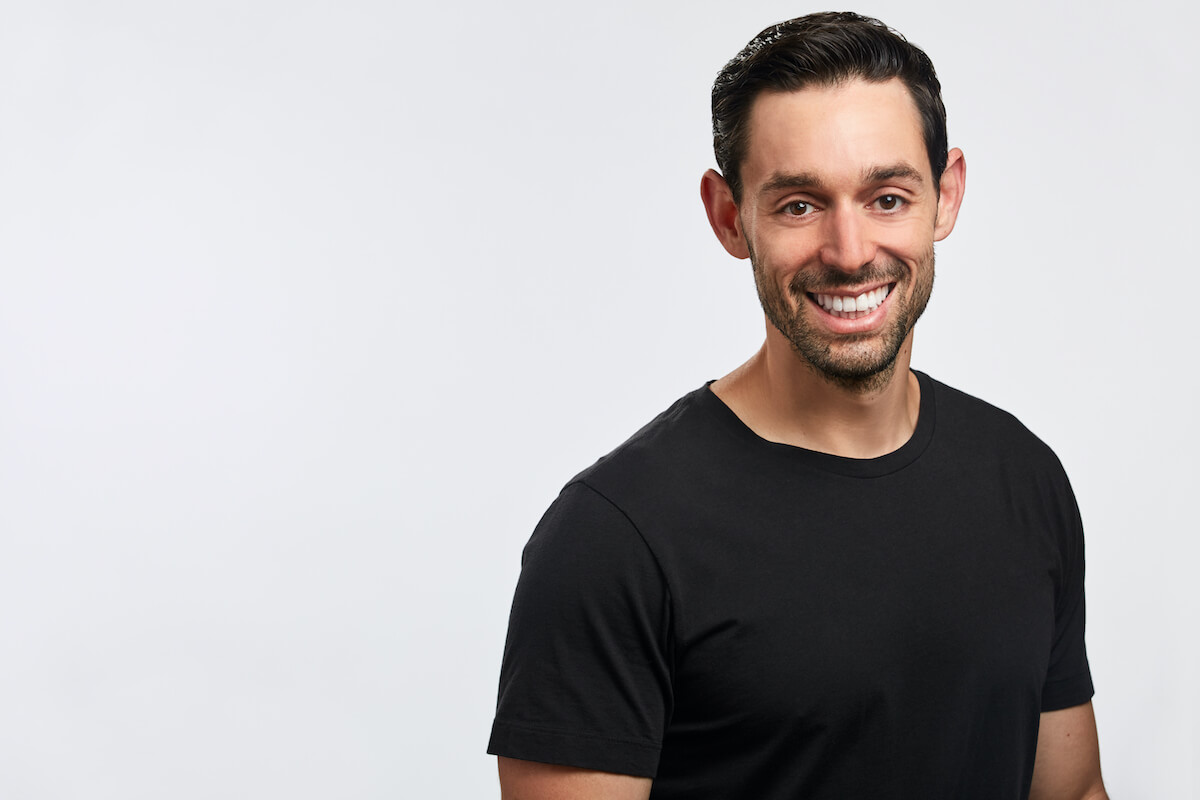

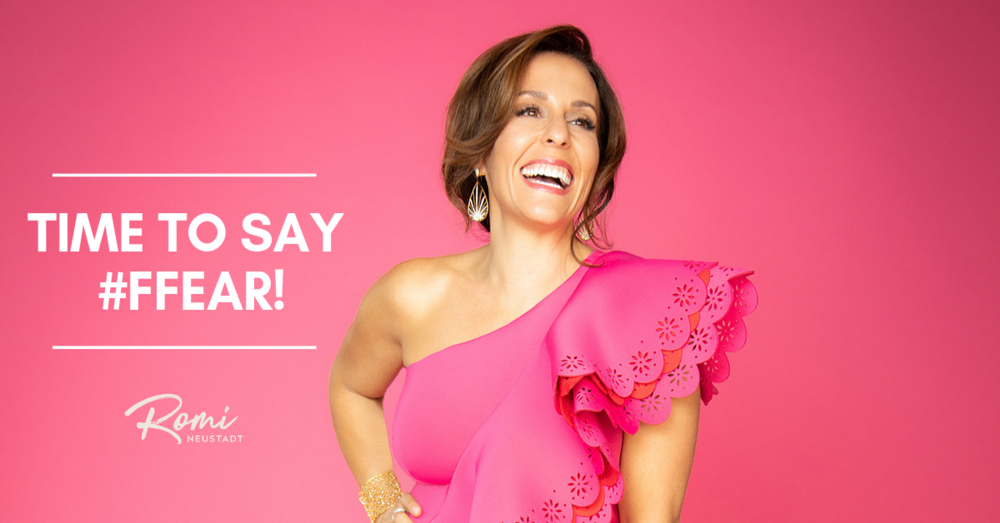
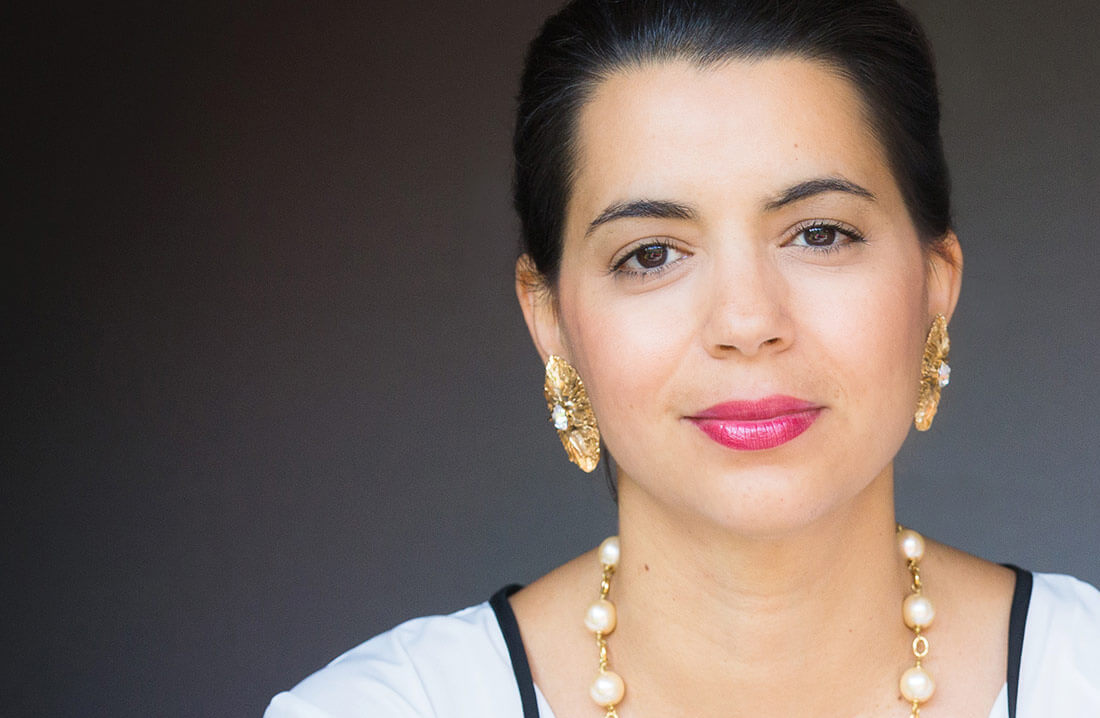
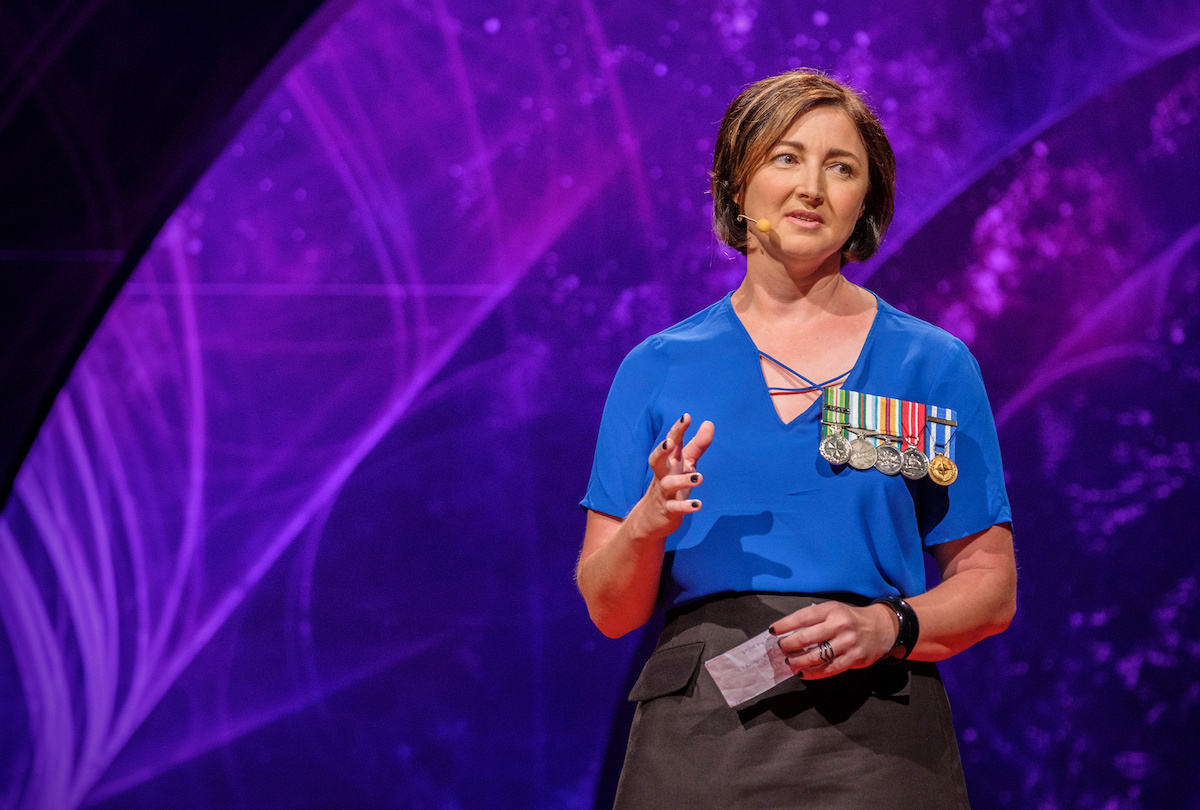
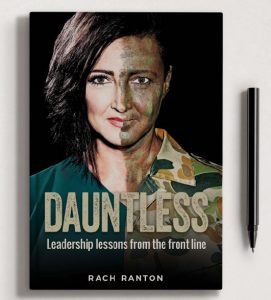
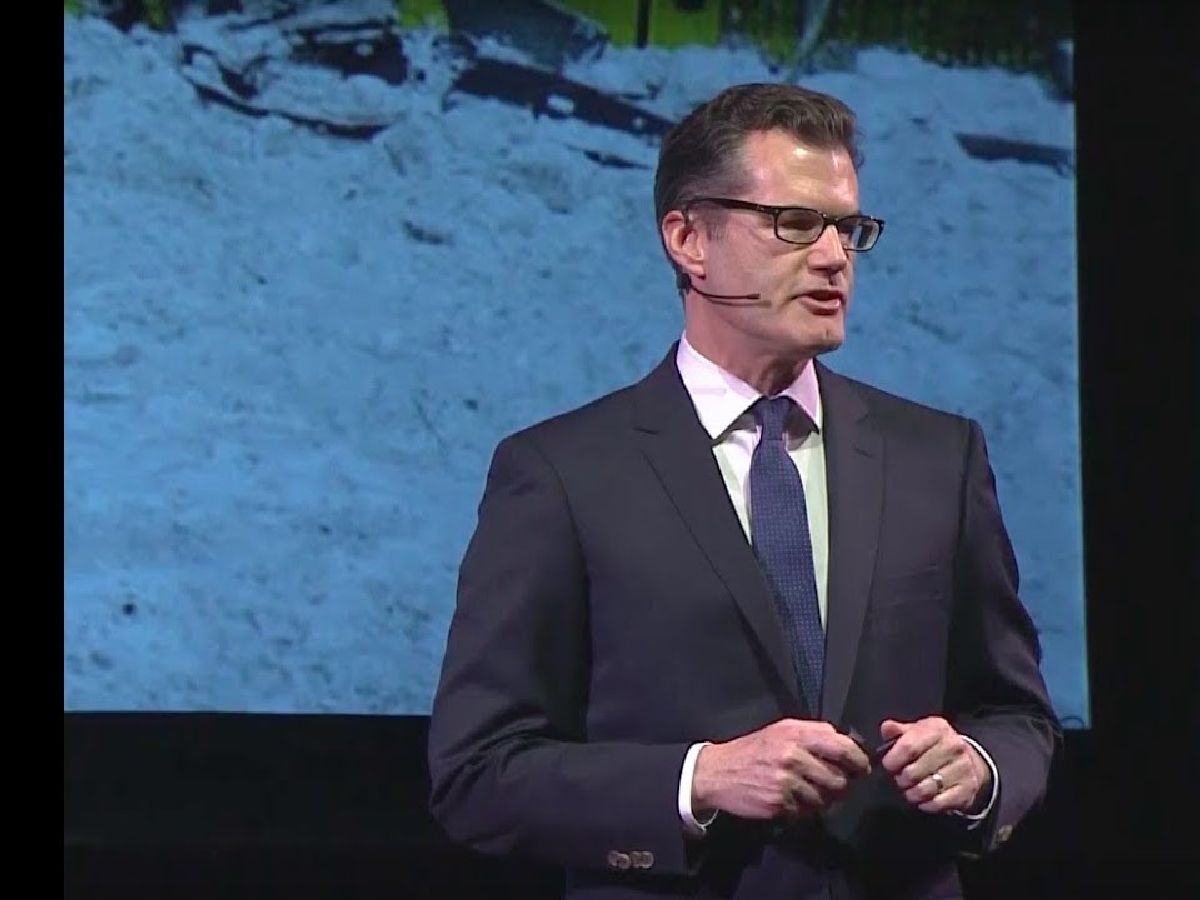
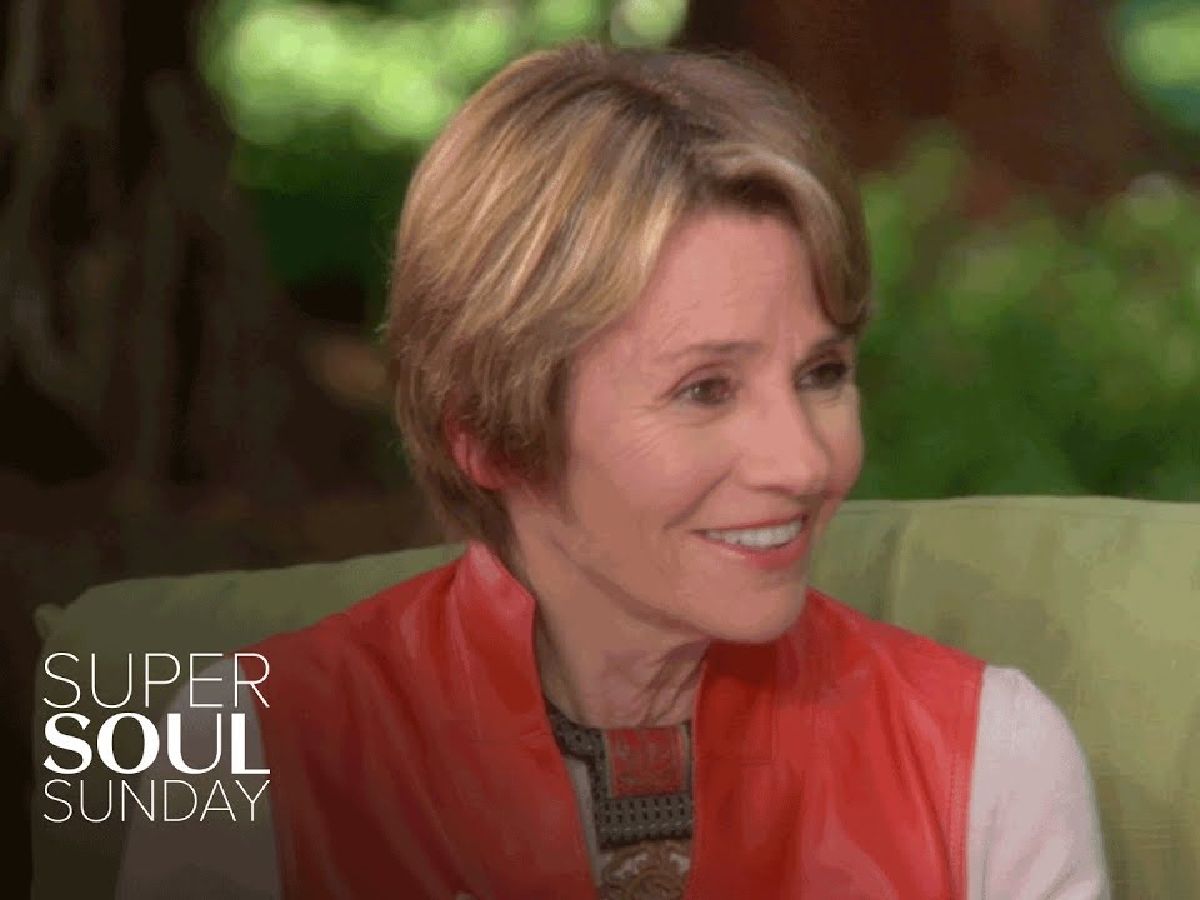
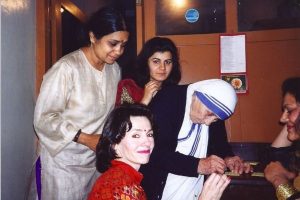

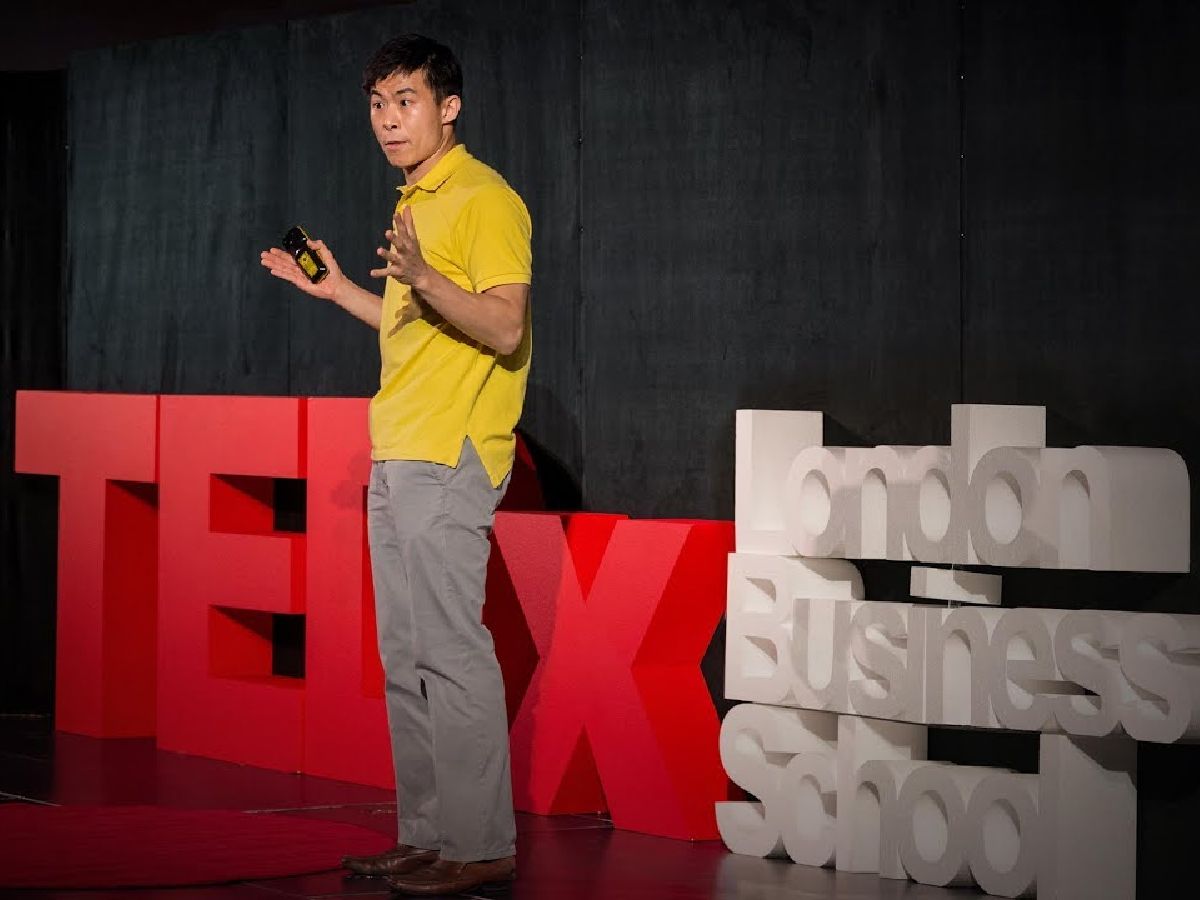
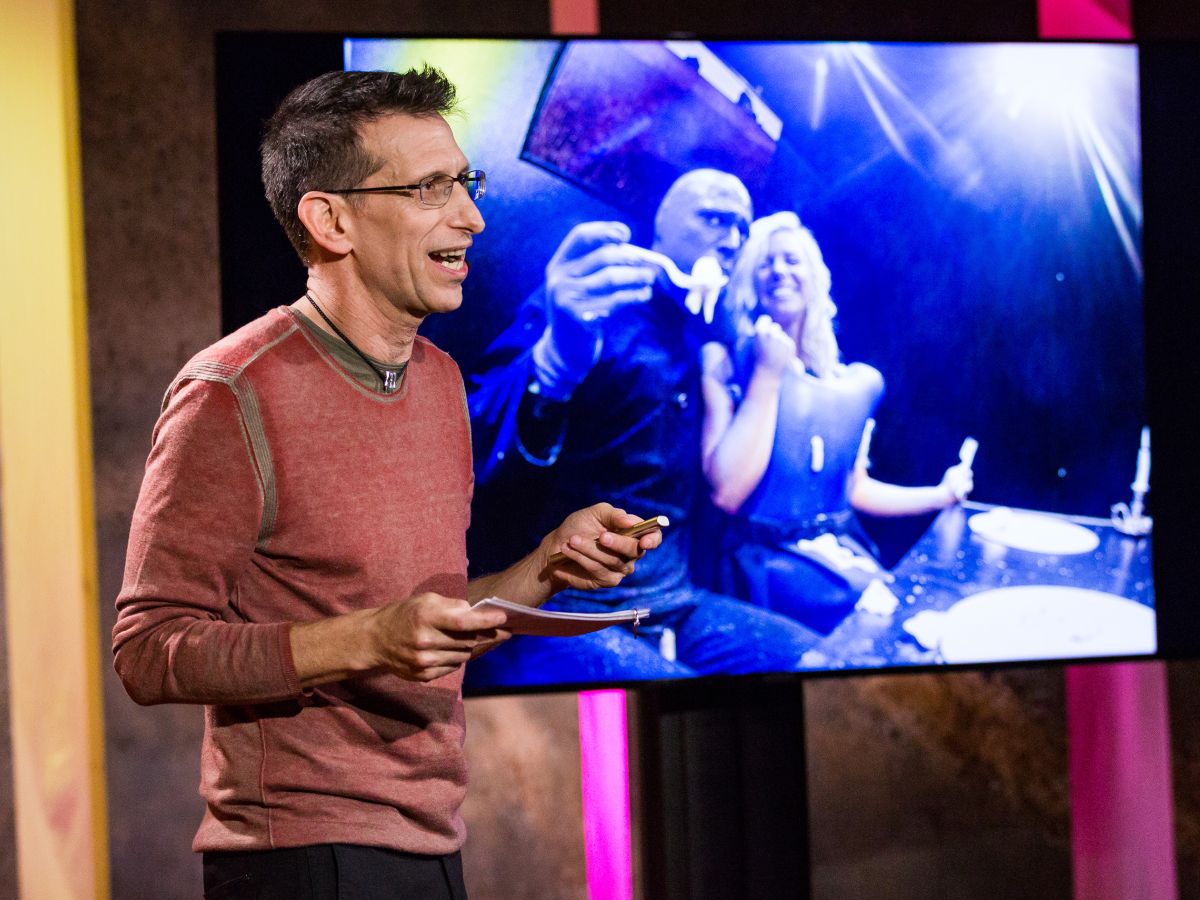
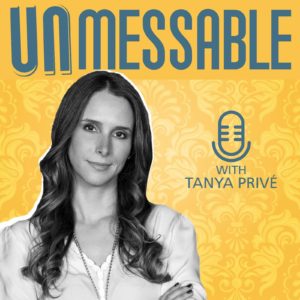 Unmessable podcast explores what it takes to be a great leader via candid discussions with success business operators and renown thought leaders.
Unmessable podcast explores what it takes to be a great leader via candid discussions with success business operators and renown thought leaders.